More About Dragonfly and Damselfly
This page contains pictures and information about Dragonflies and Damselflies that we found in the Brisbane area, Queensland, Australia.
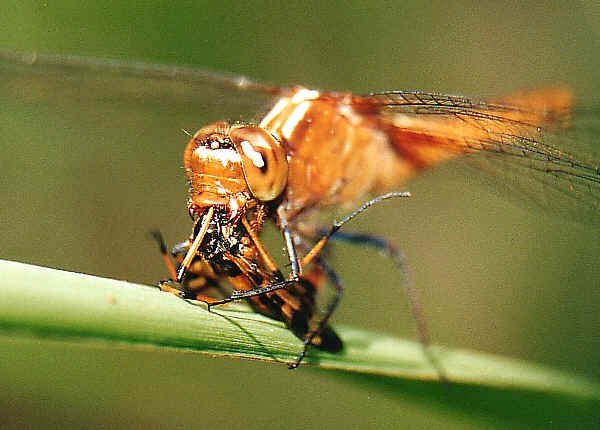
To have a quick look or to identify those beautiful animals, you can go to our Damsel Field Guide and Dragon Field Guide pages.
The insect Order Odonata includes damselflies (suborder Zygoptera) and dragonflies (suborder Anisoptera). Most of them are medium to large size, body length from 15mm to 120mm. Their bodies are long and slender, usually with a bright metallic colour. All of them have two pairs of membranous wings. Their hind wings and forewings are more or less similar size and shape. When they are at rest, the dragonflies held out theirs wings horizontally while damselflies held their wings vertically. They have very small antennae but very large compound eyes. They have the small three eyes (ocelli) as well. Their mouths are very good at biting (they don't bite or sting human). Their eyes and mouth occupy almost all their head.
Dragonflies and Damselflies lay eggs in flash water where the larva grow. Larvae need fairly precise habitat and sensitive to water pollution. Dragonfly adult is a predator in the sky and preying on flying insects. Larva may spend one to three years in water, depend on species, while adults live only a few weeks.
- Dragonfly Head
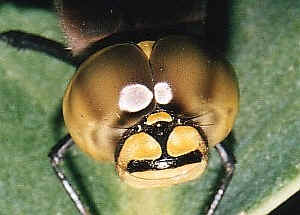
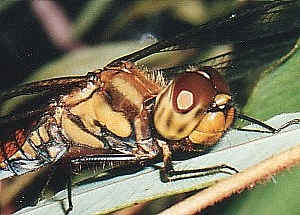
- Dragonfly has a pair of large compound eyes which covered most of its head. Watch carefully, we can also see its pair of small antenna and three ocelli. Click here for a closer look to the dragonfly's thorax and head.
- Damselfly Wings
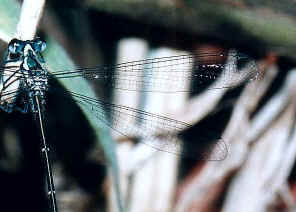
- The main veins and the crossveins form the wing venation pattern. The venation patterns are different in different species. There may be very numerous crossveins or rather few. The venation pattern is useful for species identification. More information on this page.
- Dragonflies and Damselflies Habitat
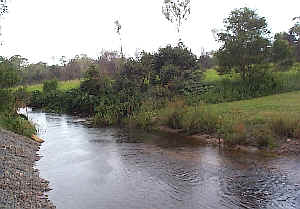
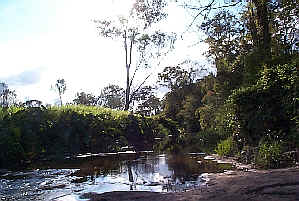
- Most of the Dragonflies and Damselflies listed in this web site are found along the Bulimba Creek. Bulimba Creek is in the south-eastern areas of Brisbane and flows generally north into the Brisbane River. Along the creek there are the bushland and freshwater swamp lands. The creek flow across most of the southern suburbs in Brisbane, including Sunny Bank, Eight Mile Plains, Wishart and Mansfield. Along the creek, there are the fast and slow running sections, there are also still water ponds. Provides suitable habitats for dragonfly and damselfly larvae. More details click here.
- Dragonflies Life Cycle


- Dragonflies adults are colourful but their larvae are less familiar. The grow of dragonflies can hardly be classified in to in-complete metamorphosis nor complete metamorphosis. Metamorphosis in Dragonflies and Damselflies is quite different form other insects. Their larva look different from adults but they do not have pupa stage. Dragonflies and Damselflies lay their eggs in flash water where the larva grow. More information please click here.
- Mating and Reproduction


- Their reproduction and associated behaviour is unique among the animal world. The behaviour is complex but universal within dragonflies and damselflies, although with difference spices there could be some minor variations. More information click here.
